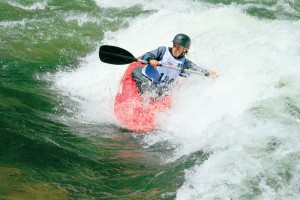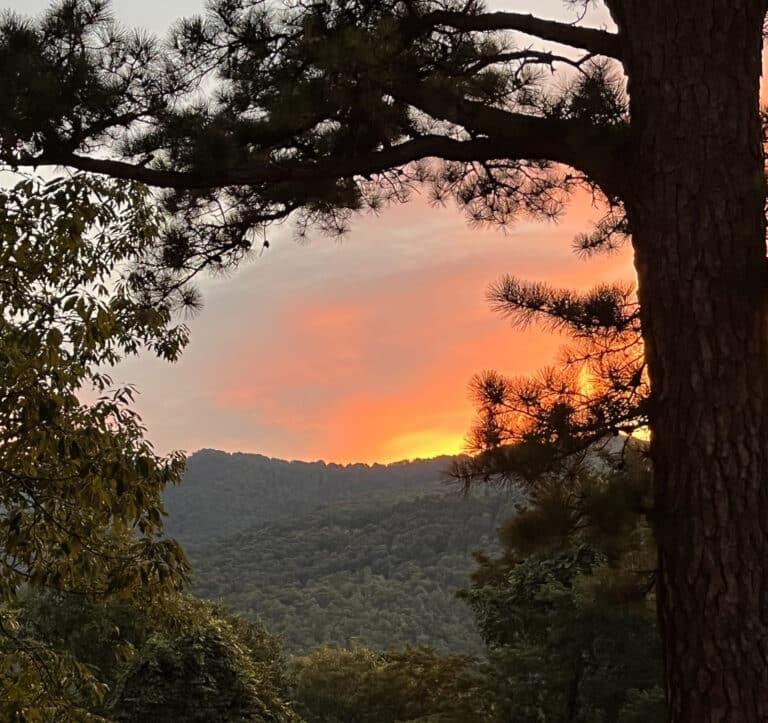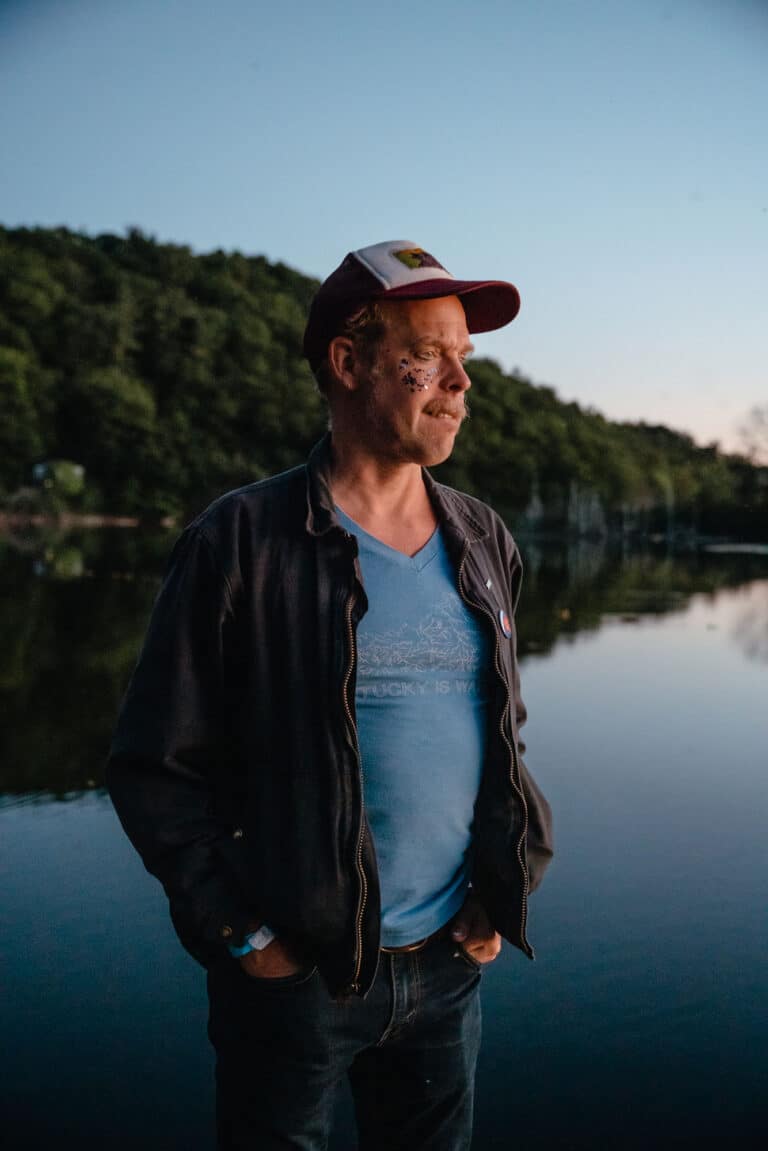Assemble a crew and brush up on your navigational skills. Adventure races blend multi-sport competition with backcountry orienteering for a full team experience in the wild.
Atomic Adventure Race Dawsonville, Ga. • May 14-15 The USARA National Championship Qualifier makes unsupported teams of two or three navigate their way through a rugged wooded maze that includes up to 60 miles of mountain biking, 30 miles of paddling on flat and moving water, and 30 miles of trekking.
Special Operations Adventure Race Highlands, N.C. • June 11 Beginners can enter the seven-hour sprint race, while experienced racers can tackle the 12-hour option. Both races traverse Nantahala National Forest and include orienteering, canoeing, biking, and rappelling.
SPROUTE (Spring Route) Adventure Race Organizers keep secret the exact location of this race near Richmond until one month ahead of the event. Racers in two categories—a beginner-friendly six-hour sprint and a 12-hour sport—should expect plenty of trekking and orienteering, mountain biking, and paddling in the piedmont woods.
Odyssey Endorphin Fix Hinton, W.Va. • June 24-26 Probably the toughest two-day race in the country, the Endorphin Fix puts racers through an epic backcountry maze in West Virginia’s New River Gorge. Over 48 hours, soloists and teams of up to four cover 200 miles on foot, mountain bikes, kayaks, and even riverboards.
Odyssey One Day New Castle, Va. • July 23 The One Day features a challenging 100-mile course in George Washington National Forest. The race that includes biking, class II paddling, running, and bushwhacking.
Sheltowee Extreme 3 Adventure Race Morehead, Ky. • July 30 This epic 12-hour race takes place at the Cave Run Lake Recreation Area. Racers paddle the huge 8,270-acre lake, pedal miles of steep singletrack, and scale dramatic clifflines that are dotted with arches. A rogaine format allows beginners to only complete the basic course, while seasoned AR vets get extra points for tougher checkpoints.
Backwoods Boot Camp 12-Hour Adventure Race Kingwood, W.Va • August 27 The good news is this race is hosted by West Virginia’s Mountain Area Rescue Group, so if you get lost you’ll most likely be found. The bad news is you still have to get through 12 hours of mountain biking, trekking, and orienteering in the remote Briery Mountains of Preston County. Plus, you have to build your own raft to complete the paddling section on the Cheat River and pass a set of boot camp drills at each checkpoint.
Blackbeard Adventure Race Nags Head, N.C. • October 1 At this 50-mile USARA race, you’ll pedal 25 miles through the maritime woods, run on the beach, and paddle and swim in the ocean.
Angell’s Adventure
Once a top adventure racer, Ronnie Angell now owns Virginia-based Odyssey Adventure Racing. The company, which used to host grueling multi-day races, including the week-long, now-defunct BEAST of the East, has adapted as the sport’s demographics have changed.
What’s the biggest change you’ve seen since you got involved? I am still seeing growth, but it’s admittedly not the kind of growth we were seeing back in 1999 and 2000 when the sport was red hot. The encouraging thing is that around half the folks that are coming out are new to the sport.
Why do you think there was a downturn in interest? Many expedition races like the BEAST of the East faded away because they required too much time for people’s busy lives. Training for a five- or 10-day race requires a huge amount of time that most people just don’t have. People are looking for more of a weekend warrior fix.
How can you make the sport more accessible to beginners? Our longest races are now in the 24- to 48-hour range. We’ve also added some six-hour sprint races, and it’s attracted a new crowd that’s starting to realize adventure racing is not just for elite athletes. When many people hear the words “adventure race,” they think it’s something way out of reach. Now these people are starting to cross our finish lines.
Why should people try adventure racing? You get to access parts of the wild that most types of races don’t offer. Also, you never get tired of one discipline. You’re always mixing it up between biking, running, and paddling.
What’s the key to the sport’s future success? When I first started, race directors tried to make courses as hard as possible. They took great pride in having only 17 percent of the field finish an event. I am still all about creating a challenge, but I want to set people up for success. That’s why many races are now adding optional checkpoints. We’ve had to be creative and design courses that are for everybody.
 Quotable
Quotable
“This wave will redefine the Nantahala River and bring super-stud play boaters to the river for a long time.” —Chris Hipgrave, multiple US National Kayak team member, about building a world-class wave on the Nantahala River for the 2012 World Cup and 2013 World Championships. The wave will be enhanced this fall and ready to test in the winter.








